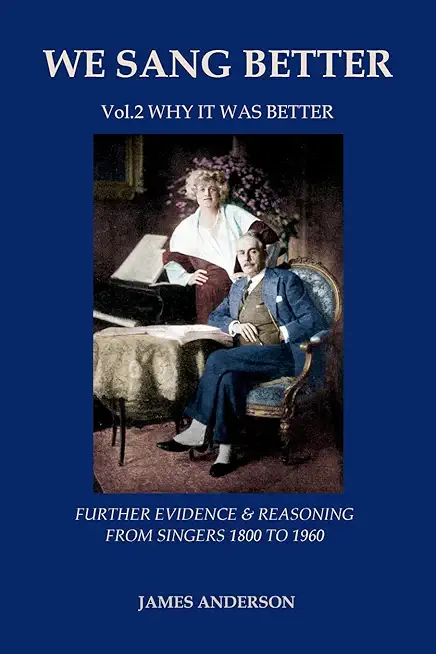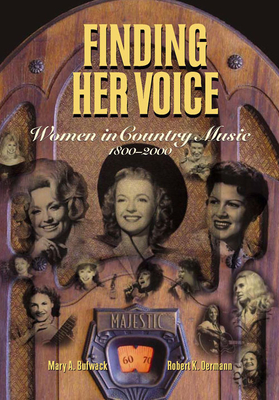
description
es of very clear advice about singing from great singers of the past. Volume 2 (ISBN 978-84-940477-9-4) is entitled 'Why it was better' and contains further evidence and reasoning from singers 1800 to 1960. This volume is 260 pages long, and contains 20 illustrations. 'One very important thing right from the start, ' said Puccini's star soprano Maria Jeritza, '- not to scream and not to force.' As Volume 1 made clear, the best singers of this period approached their art and their training gently. They built slowly upon the individual voice granted by nature. Volume 2 gives further proof that many of these singers knew exactly what they were doing and why. They were highly aware that singing can go wrong. But they said if you wanted superlative singing you had to keep approaching it their way. You would never master supreme singing: if you put your trust in scientific 'discoveries' or 'fixes; if you rushed your training or forced; or if you tried to copy some academic 'style'. The original Italian model for singers was uncomplicated: the aim was to be natural, spontaneous and simple. And, as Puccini added, 'We Italians love beauty of sound.' This volume takes evidence from the singers on dozens of topics such as: pressure, exercises, 'forward', dans le masque, covering, 'from the chest', voix sombrée, portamento, attack, vowel modifications, support, golden ages, keeping up with instrumentalists, listening to others, performances of early music, etc - and also on the question of whether singing is a science, an art, or even something more - something spiritual. James Anderson is a musician who has worked for the Arts Council of Great Britain and has run major European Festivals. Regretting the scarcity of supreme singing today, he has spent the last 30 years researching and collating this advice. He now helps young singers through the Singers Legacy website. For your information, the first volume (ISBN 978-84-940477-8-7) is entitled 'How we sang' and contains 250 tips on how to sing from singers 1800 to 1960; the first volume is 490 pages long, and contains 130 illustrations.
member goods
No member items were found under this heading.
Return Policy
All sales are final
Shipping
No special shipping considerations available.
Shipping fees determined at checkout.







